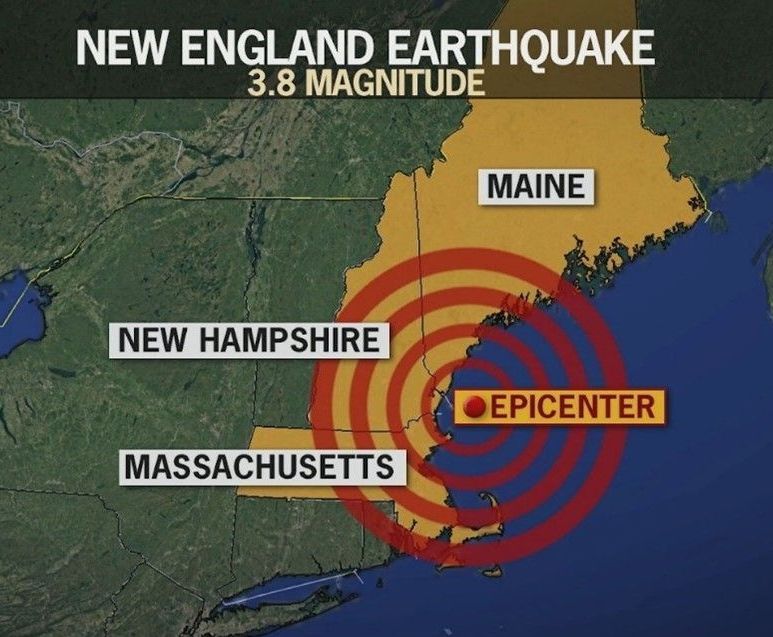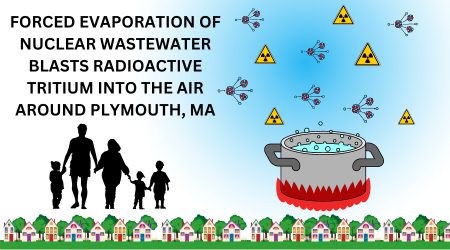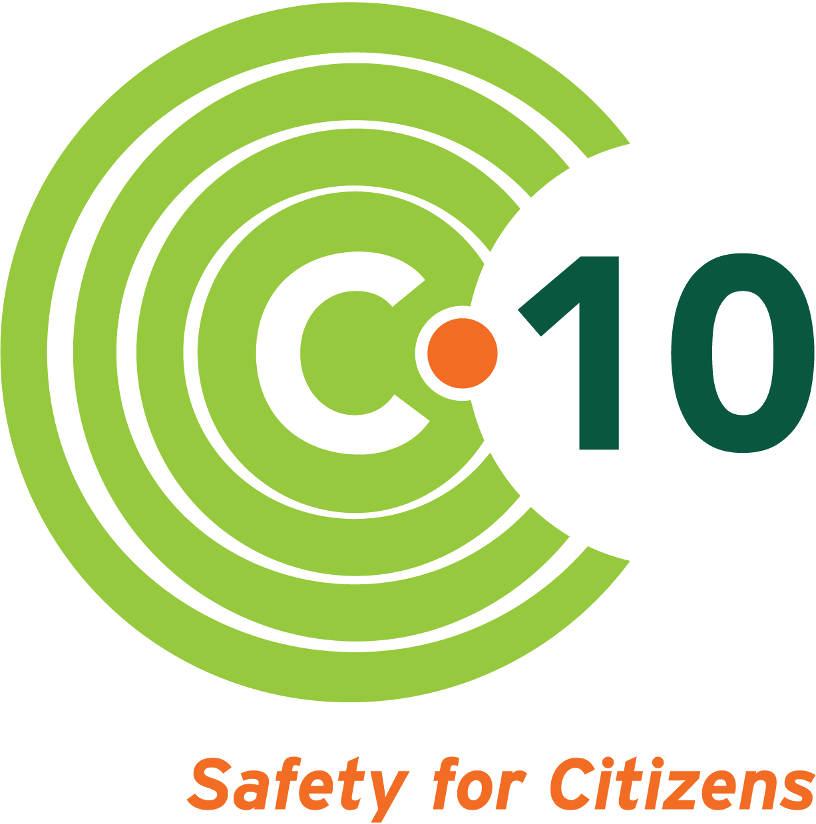Remote Learning
- By Emma Doko, C-10 Intern
- •
- 14 Oct, 2020
A passion for scientific inquiry leads to an internship with C-10
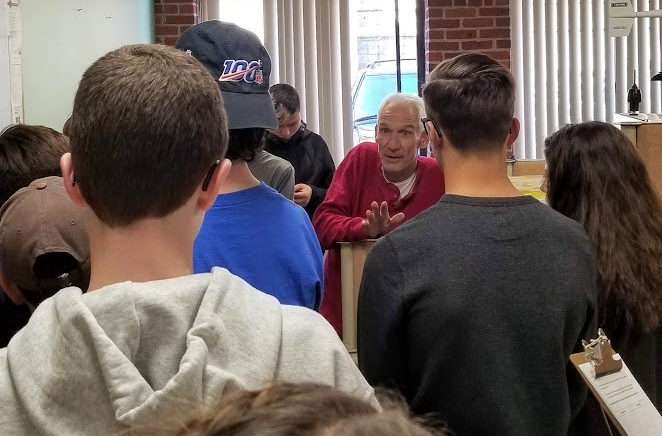
Editor’s note: The pandemic is no time to find an intern—or so I thought. Imagine my delight when a 10th grader from Concord High School in New Hampshire reached out to C-10, wanting to volunteer with us. Emma Doko had visited our office last fall as part of a field trip led by science teacher Frank Harrison, who brought 48 kids who were studying nuclear power.
Board member Karen Clagett and I gave an introduction to C-10’s work keeping an eye on safety and security issues at Seabrook Station, and speaking out for stronger oversight of the nuclear plant’s degraded concrete.
Mike Mansir, our network administrator, gave a tour of C-10’s “Central Station” that receives data from all of our field stations measuring beta and gamma radiation as well as wind speed and direction. We explained that the chance of an accident is very small, and that many people—including those at C-10, were working to ensure the safe operation of the plant.
While we got some nice thank you notes some weeks later, it was hard to know what the students took away from their visit, which included a stop at Harborside Park in Seabrook, across the bay from the nuclear plant.
Then this September Emma reached out and offered to volunteer. She’s been doing some work on our database in between classes and her waitressing job. With all that young people have on their minds—from making it through school during the pandemic, witnessing elections and civil unrest unfold, and wondering what their future will be in a world facing climate change—it’s encouraging to meet one for whom C-10’s work for nuclear safety resonates. - Natalie Hildt Treat, Executive Director

Ever since I was in the first grade, I have always been inquisitive. I asked myself why plants were green, why the sun was so bright, and why day time felt so short. Although these questions I had as a first grader can be written off as young curiosity, My desire to understand these matters has never left me, especially the subject of science.
Something about the process of explaining cause and effect and developing your own hypothesis based on your own inquiries and prior knowledge greatly enchanted me and has led to me developing a strong passion to learn more about the world around me. My first grade self always wondered how people could go through their day to day lives without fully understanding the complexity of the world around them that they interact with everyday.
Eventually, I grew older and was granted the privilege of accessing the internet and all of its information, and even misinformation. Upon gaining access to the internet, I was exposed to several sources that were virtually at my disposal to educate myself. I had an insatiable desire to answer my questions at which the internet was a constant producer at my disposal.
One Saturday morning in the sixth grade, I decided to have my own independent study on nuclear physics and how these unique interactions of atoms have drastic physical effects and repercussions. While pursuing various articles on the subject, I stumbled across a vintage video titled “Walt Builds a Family Fallout Shelter” which was a vintage film made during the Cold War. At the time, I was fairly familiar with the Cold War and America’s circumstances, so the video's contents of war time, and more specifically, nuclear safety didn't surprise me much. The theme of the film was an older fellow by the name of Walt who shows his young neighbors how he transformed his ordinary basement into a nuclear fallout shelter in case such transformation would provide itself useful.
At the end of Walt's building scene, the director of the civil defense mobilization came on and broadcasted his message “no home in America is modern without a nuclear fallout shelter, this is the nuclear age.” Through the video, the undertone of fear and general unsure thoughts on the topic of nuclear safety drove me to further develop my own ideas on what nuclear safety really entails. As the civil defense mobilizer said, we are living in the modern age, the nuclear age.
In my freshman year at Concord High, I further learned through my science class that this modern age of nuclear energy entails the use of nuclear power plants to generate electricity. As part of this unit, my teacher organized a field trip to learn about the nuclear power plant closest to us: Seabrook Station, which is about 50 miles from my home, as the crow flies.
Considering this was a nuclear power plant we were learning about as opposed to wind turbines like some other students had studied, we weren't allowed to fully visit and experience the nuclear power plant. However, we were able to gain exposure to nuclear safety groups and researchers such as C-10, then located in Newburyport, Massachusetts.
As soon as I walked into the rather small office, memories of my independent studies on nuclear physics and nuclear safety made their way back to me and my interest in the subject was reignited. Even after finishing the project for my science class, the thought of C-10 continued throughout my freshman year, like a song in the back of my head.
This tune wasn't addressed until recently, as I’m a sophomore in high school looking towards majoring in a field of science during college. Thus, the lingering tune of C-10 developed into a blasting song that I couldn't ignore, leading to me making the spontaneous but logical decision to reach out to the group’s executive director, Natalie, in late September. I have only been volunteering for the organization for under a month but I have to say, the first grader inside me has never felt more satisfied.
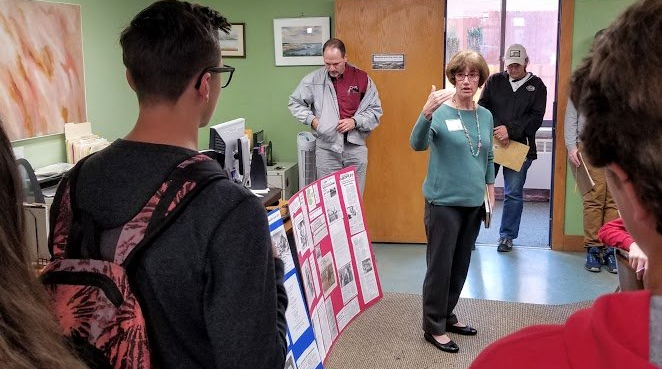
Follow us

